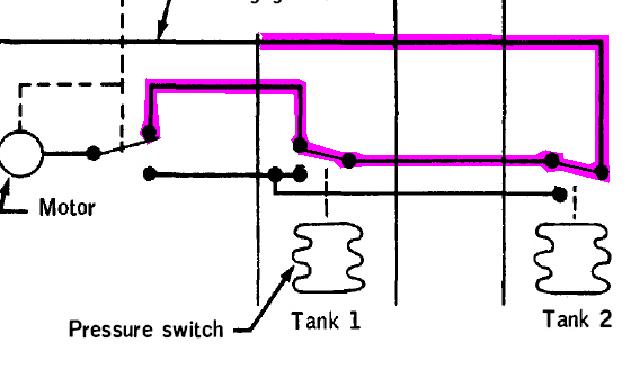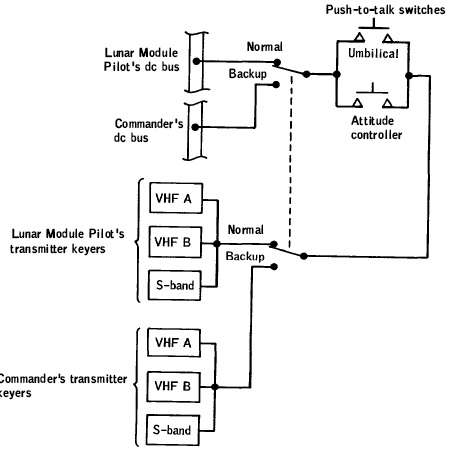
During the separation of the two vehicles, there would have been some difficulties, and missed attempts, because the unlatching switch would not have been maintained long enough to allow the separation.
A new directive would have been added in the Apollo operations handbook to instruct the astronauts to maintain this switch long enough for the separation to succeed.
But it is ridiculous, for the electronic interface should itself insure that the release motors are energized sufficiently long for the undocking operation to succeed, without the astronauts having to care about it, and it is easy to do it with a monostable (a monostable can make a pulse longer).
In a high profile mission as the moon missions are, we could have expected things to be better automated and not to exclusively rely on the astronauts!
|



































